Big setback for NASA on Artemis I Moon mission launch; this is why
NASA has planned to forego additional launch attempts of Artemis I to the Moon in early September. Here is all you need to know.
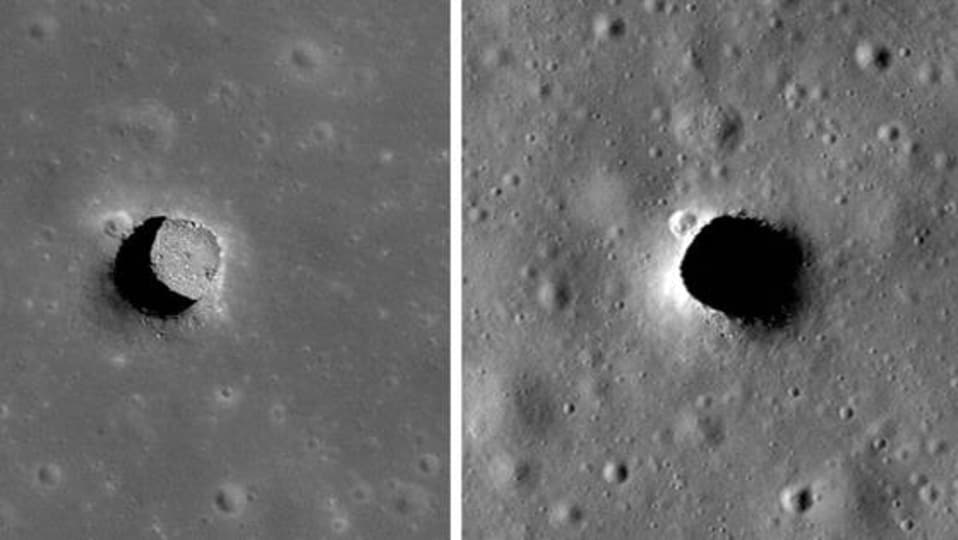
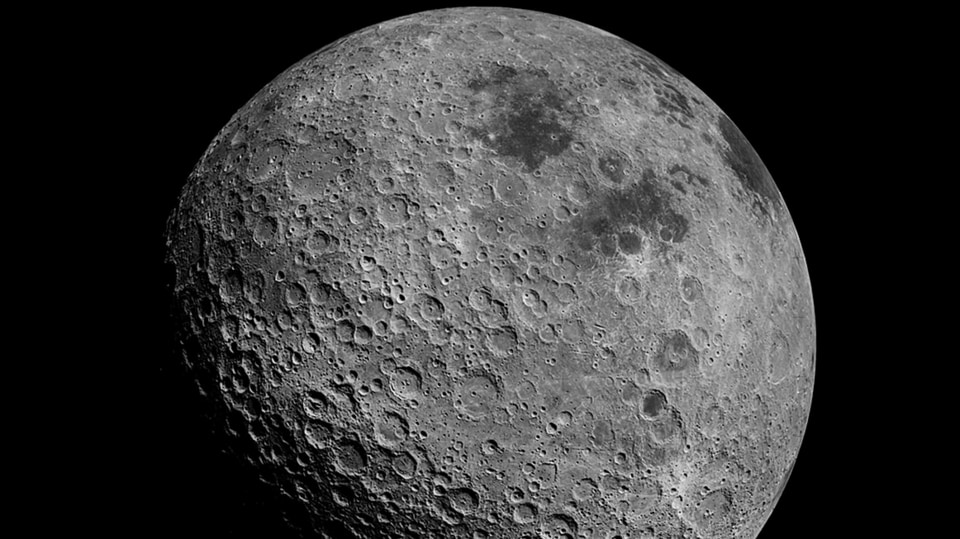
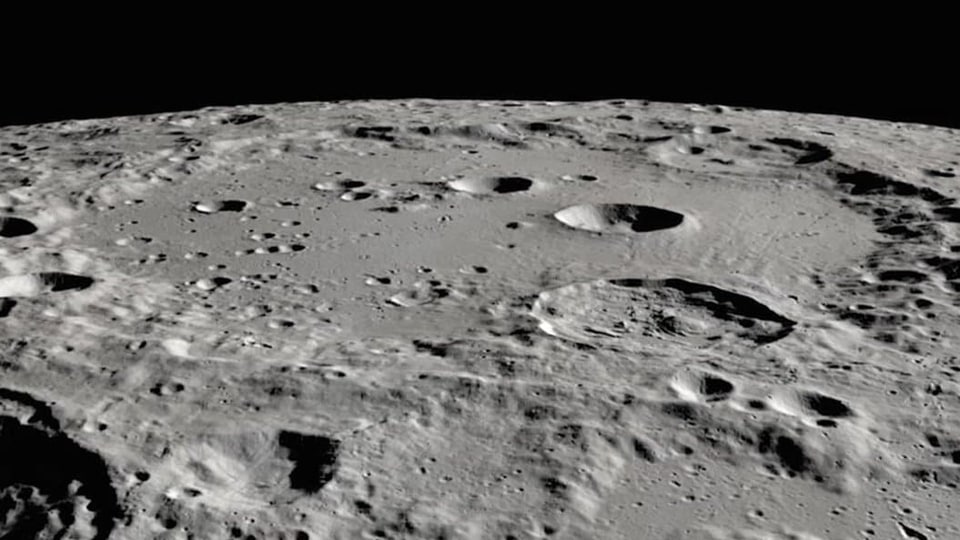
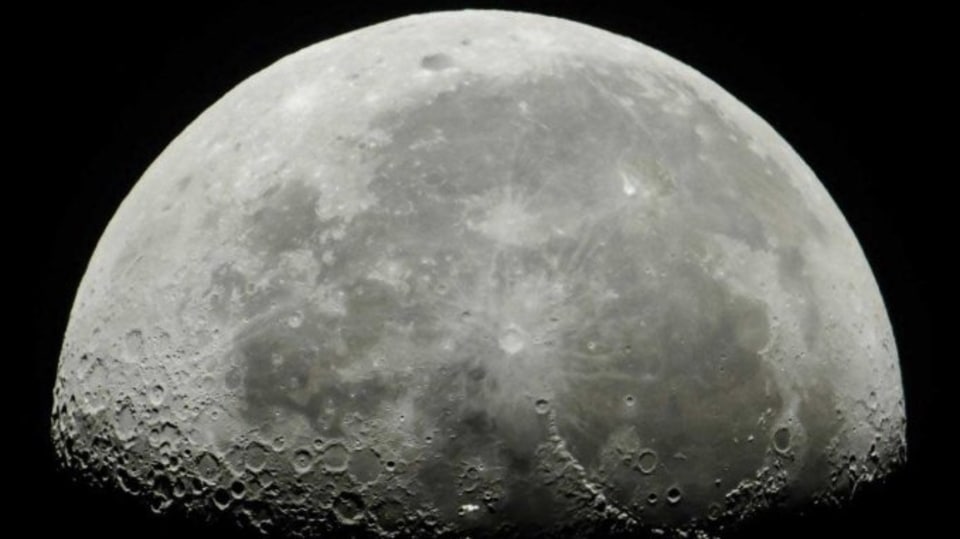
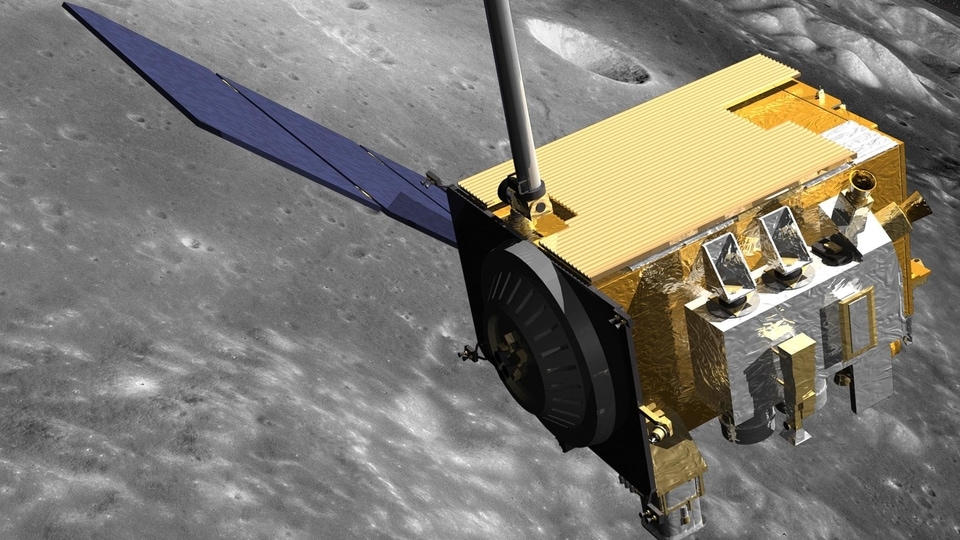
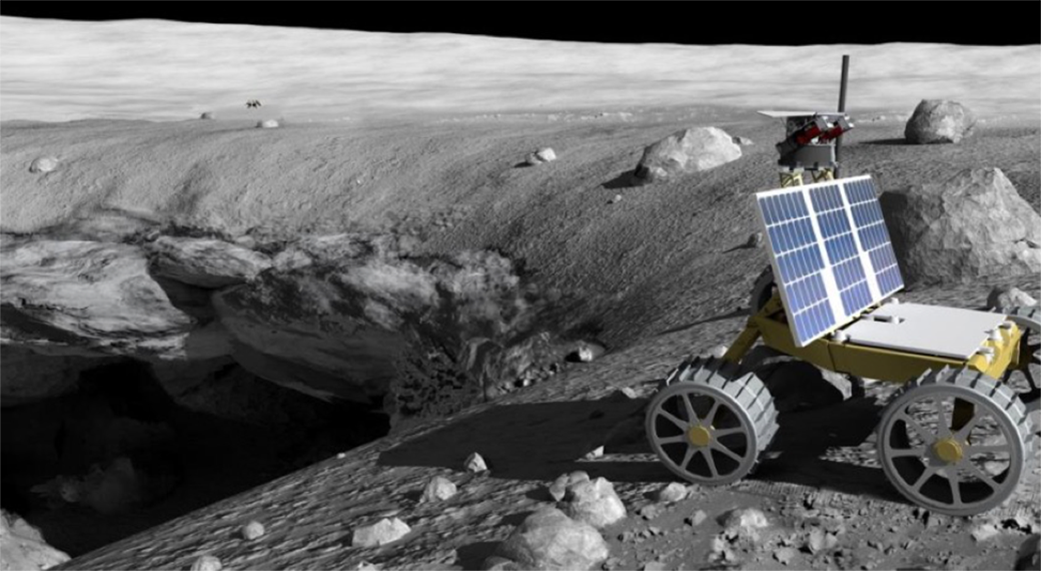
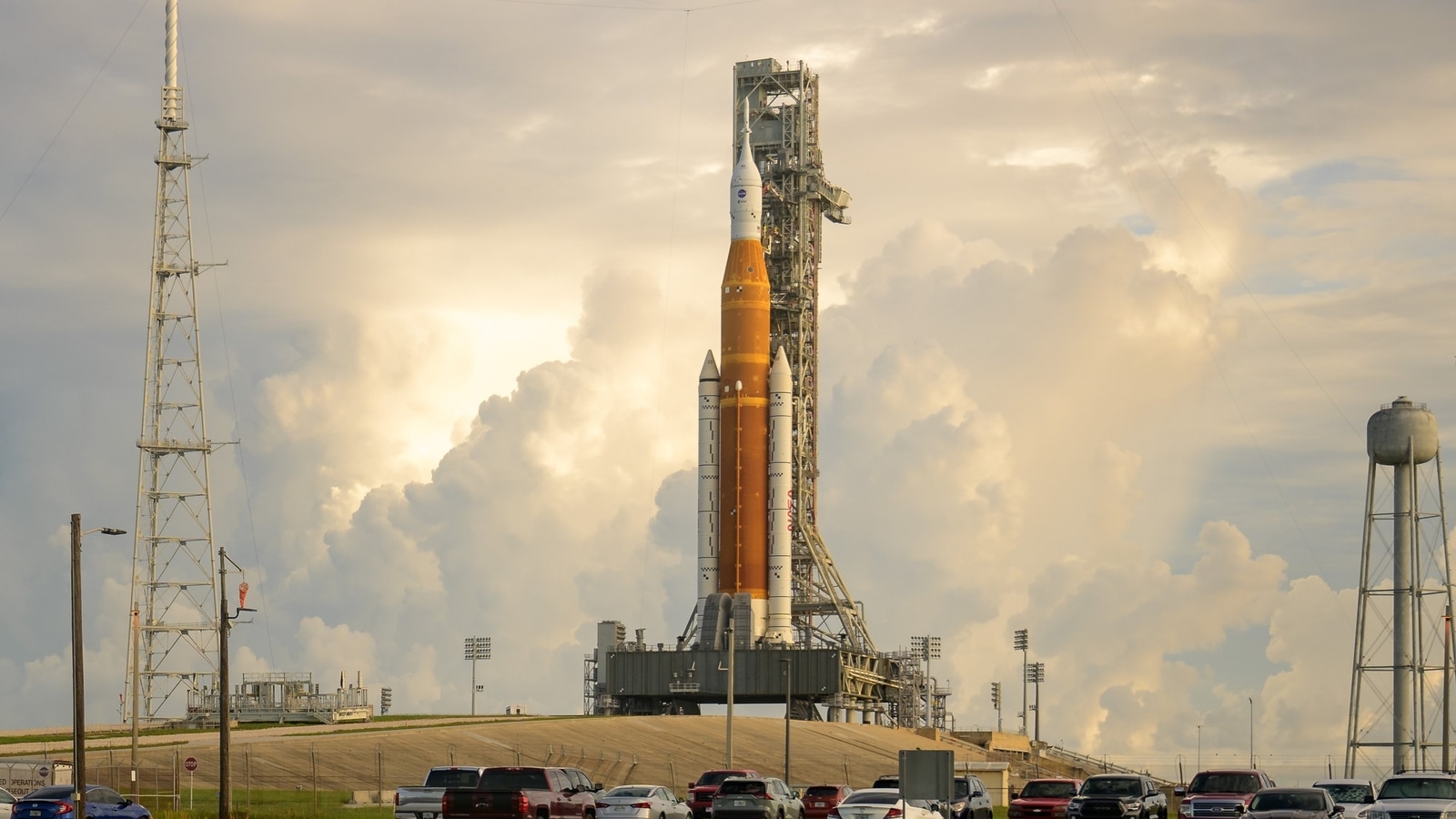
 View all Images
View all ImagesNASA on Saturday, September 3 made a second attempt to launch Artemis I to the Moon, however, due to a hydrogen leak the launch could not be done. Now the mission managers have decided to forego additional launch attempts in early September. Informing about the NASA said in a blog pots, "After standing down on today's Artemis I launch attempt when engineers could not overcome a hydrogen leak in a quick disconnect, an interface between the liquid hydrogen fuel feed line and the Space Launch System (SLS) rocket, mission managers met and decided they will forego additional launch attempts in early September."
NASA via a tweet also informed that the team plans to return with a variety of options early next week. "#Artemis Update: The team continues to troubleshoot, and plans to return with a variety of options early next week. We are standing down on any launch attempts through the current launch period, which ends Tuesday," the tweet read.
#Artemis Update: The team continues to troubleshoot, and plans to return with a variety of options early next week. We are standing down on any launch attempts through the current launch period, which ends Tuesday.
— NASA (@NASA) September 3, 2022
See https://t.co/dMVnvEQcfC for more information. pic.twitter.com/cCefwG9FO0
Over the next several days, teams will establish access to the area of the leak at Launch Pad 39B, and in parallel conduct a schedule assessment to provide additional data that will inform a decision on whether to perform work to replace a seal either at the pad, where it can be tested under cryogenic conditions, or inside the Vehicle Assembly Building, NASA informed.
"To meet the requirement by the Eastern Range for the certification on the flight termination system, currently set at 25 days, NASA will need to roll the rocket and spacecraft back to the VAB before the next launch attempt to reset the system's batteries. The flight termination system is required on all rockets to protect public safety," the blog post read.
It can be known that during Saturday's launch attempt, engineers saw a leak in a cavity between the ground side and rocket side plates surrounding an 8-inch line used to fill and drain liquid hydrogen from the SLS rocket. Three attempts at reseating the seal were unsuccessful.
While in an early phase of hydrogen loading operations called chilldown, when launch controllers cool down the lines and propulsion system prior to flowing super cold liquid hydrogen into the rocket's tank at minus 423 degrees F, an inadvertent command was sent that temporarily raised the pressure in the system.
Because of the complex orbital mechanics involved in launching to the Moon, NASA would have had to launch Artemis I by Tuesday, September 6 as part of the current launch period, the blog post informed.
Catch all the Latest Tech News, Mobile News, Laptop News, Gaming news, Wearables News , How To News, also keep up with us on Whatsapp channel,Twitter, Facebook, Google News, and Instagram. For our latest videos, subscribe to our YouTube channel.




























